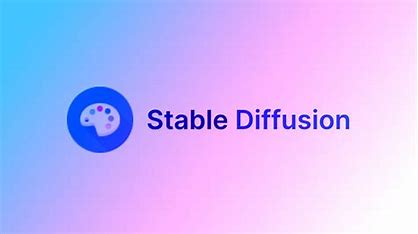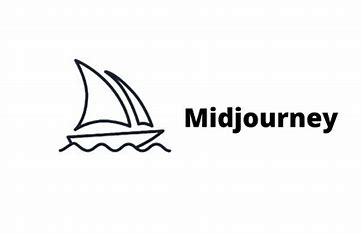Introduction to AI-Powered Drawing Models
AI-driven tools are transforming how we create digital art, enabling users to generate stunning visuals without advanced technical skills. Combined with foundational HTML knowledge, these tools empower designers to build dynamic web experiences. This guide explores top AI drawing models, practical tutorials, and HTML structure essentials.
Top AI Tools for Digital Art Creation
Stable Diffusion: Open-Source Flexibility

Stable Diffusion is a leading open-source AI model that generates high-quality images from text prompts. Key features:
Checkpoint Models: Define overall art styles (e.g., realistic vs. anime). Popular options: ChilloutMix (realism) and MeinaMix (anime).
LoRA Models: Fine-tune details like character features or objects. Example: TifaMeenow adjusts facial attributes in Final Fantasy-inspired art.
Workflow: Use prompts like "masterpiece, best quality, 8k resolution" to enhance outputs, while avoiding terms like "low resolution" in negative prompts.
Midjourney: User-Friendly Art Generation

Ideal for beginners, Midjourney operates via Discord to produce artistic visuals. Advantages:
Rapid Prototyping: Generate concept art in seconds using
/imaginecommands (e.g.,/imagine a cyberpunk cityscape).Community-Driven: Explore public channels for inspiration and shared prompts.
TL Draw and Screenshot to Code: Bridging Design and Development
TL Draw: Convert hand-drawn sketches into responsive HTML/CSS layouts using OpenAI's Vision API.
Screenshot to Code: Transform website screenshots into functional HTML code, ideal for replicating designs.
Step-by-Step Tutorial: Creating Art with Stable Diffusion
Setup and Installation
Download the SD WebUI engine (requires NVIDIA GPU with ≥6GB VRAM).
Install models like ChilloutMix in the
models/Stable-diffusionfolder.
Crafting Effective Prompts
Structure: Combine subject, style, and quality descriptors.
"1girl, orange hair, white T-shirt, detailed background, masterpiece, 8k resolution"
Negative Prompts: Block unwanted elements (e.g.,
low quality, blurry).
HTML Structure Essentials for Dynamic Content
Basic HTML Framework
<!DOCTYPE html> <html> <head> <meta charset="UTF-8"> <title>AI Art Gallery</title> </head> <body> <h1>My AI Art Portfolio</h1> <canvas id="artCanvas"></canvas> </body> </html>
Integrating Canvas for Interactive Art
Setup: Define a
<canvas>element withwidthandheightattributes.
const canvas = document.getElementById('artCanvas');
const ctx = canvas.getContext('2d');
ctx.fillStyle = 'red';
ctx.fillRect(50, 50, 100, 100); // Draws a red squareFAQs: AI Tools and HTML Integration
Q1: Which AI tool is best for beginners?
Midjourney's Discord-based interface requires minimal setup, making it ideal for newcomers.
Q2: Can I use AI-generated art commercially?
Always verify model licenses. Some Stable Diffusion checkpoints permit commercial use.
Q3: How to make HTML canvas responsive?
Use CSS percentage values and JavaScript to adjust canvas.width based on screen size.
Conclusion
AI-powered drawing models like Stable Diffusion and Midjourney democratize digital art, while HTML/CSS provides the structural backbone for showcasing creations online. By mastering tools like TL Draw for design-to-code conversion and optimizing prompts for AI models, creators can efficiently bridge imagination and implementation.
